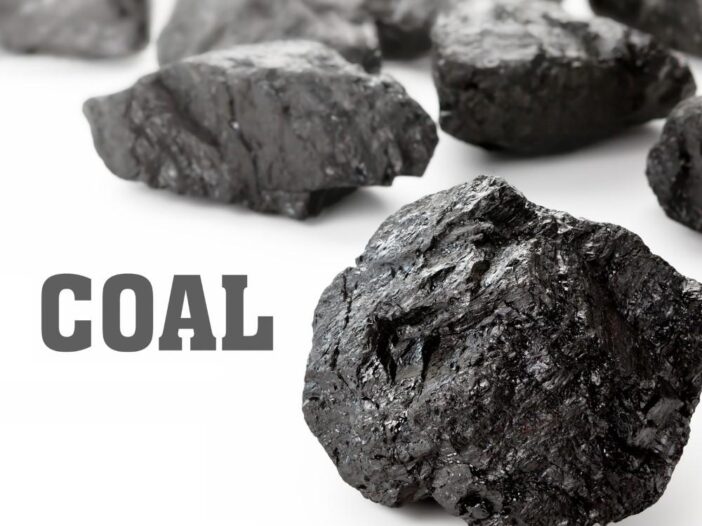In today’s Money Morning…several major coal power stations across the country have already shut down…turning brown coal into green gains…greener than the sum of its parts…big oil isn’t investing in oil…and more…
It’s no secret that coal is a huge industry in Australia.
We are one of the leading producers and exporters of the stuff. Having long used it to fuel our own energy needs, as well as plenty of trading partners around the world.
In recent years though, our relationship with coal has begun to change.
Several major coal power stations across the country have already shut down. Plants that will no longer form a part of the energy mix for several companies. On top of that, we’re seeing both federal and state governments turn their back on coal as well.
More importantly though, we’re also starting to see coal exports face new challenges.
For instance, back in October, China put a freeze on Aussie coal. Using the resource as another pawn in their ongoing trade attacks. An unofficial ban as it were.
That saw prices of coking coal — used to make steel — hit four-year lows in November. Falling 25% in a matter of weeks. Granted, our exporters have been fortunate enough to find alternative demand from India and Japan.
But, with India saying it will stop importing thermal coal — used to generate power — as early as 2023, the future is looking uncertain. The industry is facing incredible challenges in a world that is quickly moving toward greener energy alternatives.
So, why not make coal a part of that too?
Turning brown coal into green gains
The true beauty of energy markets right now is that we are in something of a golden age of innovation.
From battery technologies, to wind and solar power, and even efforts to harness fusion energy; our avenues for electricity have never been greater. And while much of the world is slowly turning its back on fossil fuels, it doesn’t mean they won’t play a role either.
Take the long-touted ‘hydrogen road’ project, for example.
Back in 2018, Victoria’s Loy Lang coal plant (owned by AGL) made an unexpected pivot to hydrogen. Signing on Kawasaki Heavy Industries, J-Power, and Sell Japan to help AGL turn brown coal into liquified hydrogen that would be shipped to Japan.
Last month, more than two years after it was announced, the pilot plant finally came online. A $500 million facility that will burn five billion tonnes of brown coal to produce hydrogen. Which will then in turn be shipped to Japan using the world’s first hydrogen transport vessel. A ship that first launched last year.
Together, all these pieces will form to create one of the leading hydrogen supply chains in the world. A project that will likely end up becoming a cornerstone of the budding hydrogen industry.
As the Financial Times reports:
‘The companies leading the Latrobe project believe it can become a catalyst towards establishing a global hydrogen economy, which is forecast to be worth up to $11tn by 2050, according to Bank of America.
‘The Latrobe plant is just one of several hydrogen megaprojects in the planning or development phase in nations ranging from Saudi Arabia to China and Spain.’
Suffice to say, it’s a huge undertaking. One that seeks to test whether this hydrogen road as they call it is feasible. Both in terms of logistics and cost.
But for Australia, it is proof enough that our local industry recognises the need for change.
Greater than the sum of its parts
It is growing increasingly apparent that energy in Australia is evolving.
Whether it be supplying power for our own communities or exporting key resources to the rest of the world. Our ‘simple’ economy of digging up resources and shipping it around the world is no longer fit for purpose.
Instead, we need projects like this hydrogen road.
The kind of initiatives that will force local industries to find new value-added opportunities. Whether that be through sourcing new ways to generate power, storing it, or even transporting it. Not to mention all the technological and engineering innovations that are ripe for the picking as well.
So why should you care?
Well, electricity — as it has long been — is a much bigger part of any economy.
How we generate and use power is pivotal to almost every part of our nation. Which is why it is always such a hot topic.
2020 though, has firmly put the debate to rest in my eyes. It is no longer about renewables versus fossil fuels; both will play a role in the greener, more advanced energy future.
And for investors, that means looking for areas to profit from this change. Not just in terms of the obvious answers, but also some of the more obscure and unexpected industries.
My colleagues Ryan Dinse and Lachlann Tierney have dubbed these as ‘second-order’ effects. Outcomes that few people know about, let alone are discussing.
But make no mistake about it, these second-order effects present huge opportunities.
They underscore the ramifications and drastic changes that this renewable transition will entail. Which is why they’ve written an entire report on the matter, that you can read here.
Because coal becoming a reliable source of green energy won’t be the most surprising outcome of this transition. Far from it.
The real disruption will be far more surprising and potentially, far more lucrative.
Which is why it is something every investor can’t afford to ignore.
Regards,
 |
Ryan Clarkson-Ledward,
Editor, Money Morning
PS: Invest in the Renewable Energy Boom — Discover three ways you can invest to capitalise on the $95 trillion switchover from fossil fuels to renewables. Click here to learn more.

